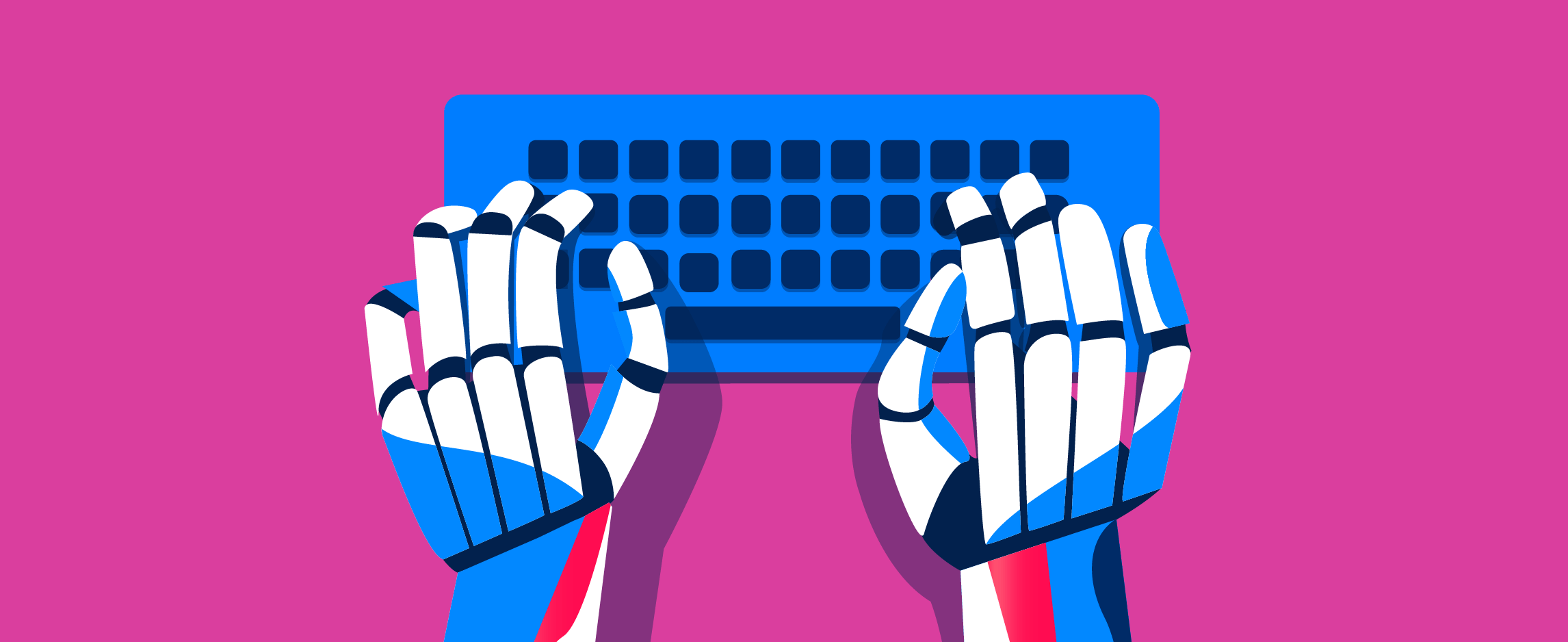A
Artificial intelligence (AI)
Intelligence, displayed by machines, modeled after human intelligence.
Autoresponder
An automated message triggered by a specific keyword or initial question.
B
Broadcast
A message sent to your full list of chatbot users such as a mass email.
C
Channel
This is the platform where the chatbot is deployed to interact with your end users. Channels could be Facebook, Twitter, or your website.
Chatbot
A chatbot is a form of conversational software that you can talk to or have a conversation via text or voice.
Compulsory input
A chatbot will remain in an infinite loop unless a user enters this particular piece of information. It is this input which helps them to move into the next stage. For example, a compulsory input might be an order number or an employee number.
Conversational UI
The conversational user interface (UI) includes the buttons, widgets, message templates, display, and chat interface.
Conversational UX
The conversational user experience (UX), is the overall end user experience with regard to chatbot interactions.
E
Entity
The entity helps to define the intent. It is the detail the chatbot needs to receive to better understand the inquiry.
F
Features
Chatbot features may include a custom dashboard, NLP, ML, custom integrations, APIs, and more.
H
Human-in-the-loop (HITL)
The chatbot may have a feature of referring to a human associate for more complex inquiries or if the end user simply prefers to talk to a human. A phrase may compel the chatbot to get a human, for example, if the user says or types, “Talk to an agent.”
I
Intent
This is the purpose of the user’s question. A chatbot is often designed with an understanding of many intents and how to respond to them. For example, if a user asks, “What are your business hours?” their intent is wanting to know when your organization is open for purchases.
M
Machine learning (ML)
Machine learning (ML) is a subfield of AI where machines can do something better over time by learning. For instance, they can learn by reviewing previous mistakes or by new information entered into the system ML includes neural networks, algorithms, regression theorems, and more. When a chatbot uses ML, it can improve its responses over time.
N
Natural language processing (NLP)
Through tokenization, sentiment analysis, summarizing algorithms, and more, chatbots can understand and respond in conversational language.
Natural language understanding (NLU)
As a subfield of NLP, this is the precise facet of NLP that derives the entities and intent from the language.
O
Optional input
This is an input that is voluntary as opposed to compulsory. It simply gives the chatbot more information to better understand the conversation and provide greater value in turn. As an example, perhaps a user wants to know if a business has a specific car battery in stock. They would have to enter their car model as compulsory input. However, an optional input could be the user’s geographic location. With this optional information, the chatbot could identify car batteries available for pick up in their area.
R
Rule-based chatbot
This is a type of chatbot that needs a decision tree and does not use AI. Instead, users get a list of options to click through and the chatbot returns predefined responses.



